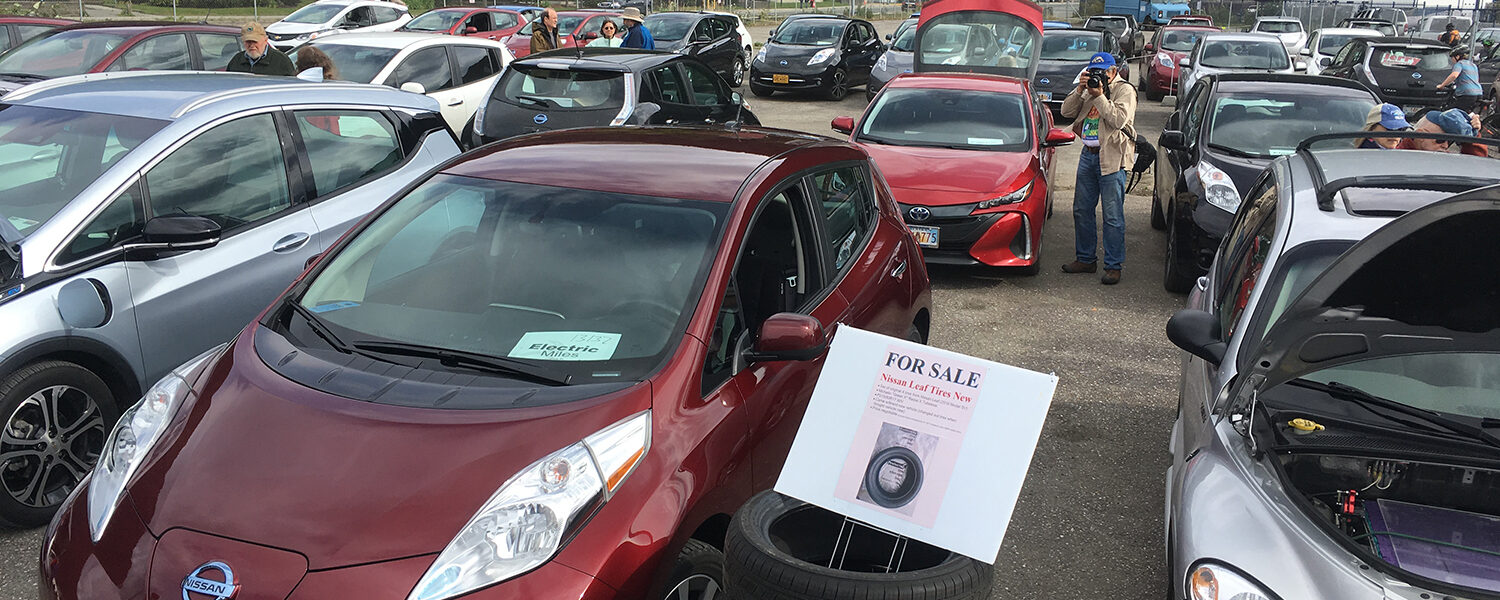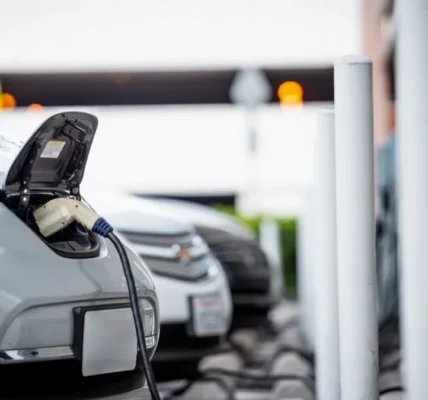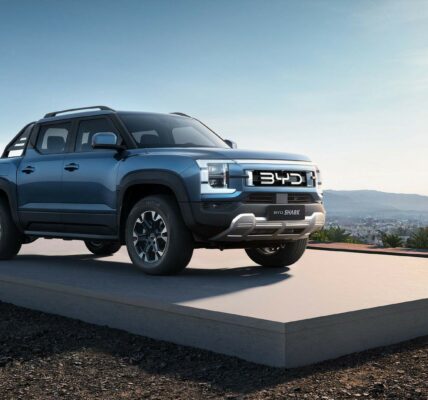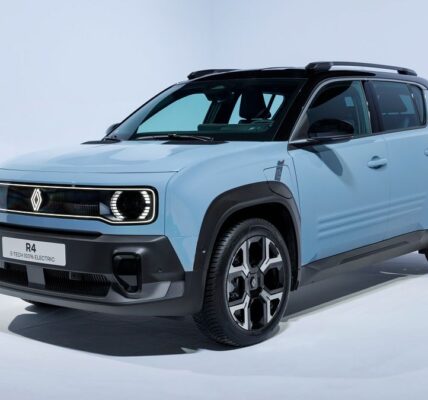Alaska now has 3,492 Total EVs (EV) on the Road, with 119 Publicly Available Charging Outlets.
The quest to fundamentally transform the automotive industry by pushing electric vehicles into the market through regulations and billions in federal spending appears to be floundering.
According to a new report from Alliance for Automotive Innovation, Alaska now has 3,492 total electric vehicles (EV) on the road, with 119 publicly available charging outlets. That amounts to 29 EVs for every public port.
The data was compiled for the first quarter of 2024. It showed that EVs comprise 3.1% of all new light-duty vehicles sales in Alaska. That’s down from 3.8% in Q4 of 2023, and 4% in Q1 of 2023.
Nationally, EVs represented 9.3% of new light-duty vehicle sales in the first quarter of 2024 – down from 10.2% from the Q4 2023, but up from 8.6% in Q1 2023.
In Q1 of 2024, there were 208 EVs sold in Alaska. In terms of EV market share, Alaska ranks 42nd nationally.
Across the country, there were 4.7 million EVs on the road in Q1 of 2024 and a total of 167,213 publicly available charging outlets – a ratio of 28 EVs for every public port, which often leads to long wait times to charge cars.
The data above reflects the market share of electric vehicles among all light-weight duty cars in the U.S.While the Biden administration recently announce that it is dumping another $2 billion into its quest to boost the EV market, it remains an open question as to whether this effort will succeed. According to a recent report from Gallup, 7% of Americans say they own an electric vehicle (EV), but fewer and fewer are seriously considering buying one.
The Gallup report found that the number of Americans who are “seriously thinking” about getting an EV is trending down – from 12% in 2023 to 9% as of March 2024.
Public perception of EVs is also evolving. Once billed as a critical key for advancing the Green agenda, new data on EV manufacturing and battery disposal reveals that they also cause serious negative threats to the environment.
Weaking consumer demand for EV’s has forced the Biden administration to pursue a less-aggressive schedule of emission-reduction targets for auto companies. He had hoped that by 2030, 60% of new vehicle production would consist of EVs. That appears unachievable given consumer preferences.
Based off data from a December 2023 report by Chugach Electric, EV cars comprise less than 1% of all vehicles in the state.
EV owners, however, face real-world challenges in keeping their cars properly charged, especially in the winter.
The Chugach report notes that Battery Electric Vehicles (BEV) run solely on battery electricity, commonly with a range of 200-350 miles or more. Plug-in Hybrid Electric Vehicles (PHEV) have a smaller battery and modest all-electric range (often 25-40 miles) as well as an internal combustion drivetrain.
EV range, however, is significantly compromised in cold weather with efficiency dropping 20-30% in winter months as more of the battery is used for cabin heat.
Gallup concluded that the U.S. market for EV’s is “fairly limited” and relatively static.
“Unless that market expands greatly in the next few years, it is unlikely auto companies doing business in the U.S. will be able to meet the emissions targets laid out by the Biden administration,” Gallup observed. “Those targets may need to be relaxed further if Biden is reelected, or they may be done away with under a second Trump administration.”








